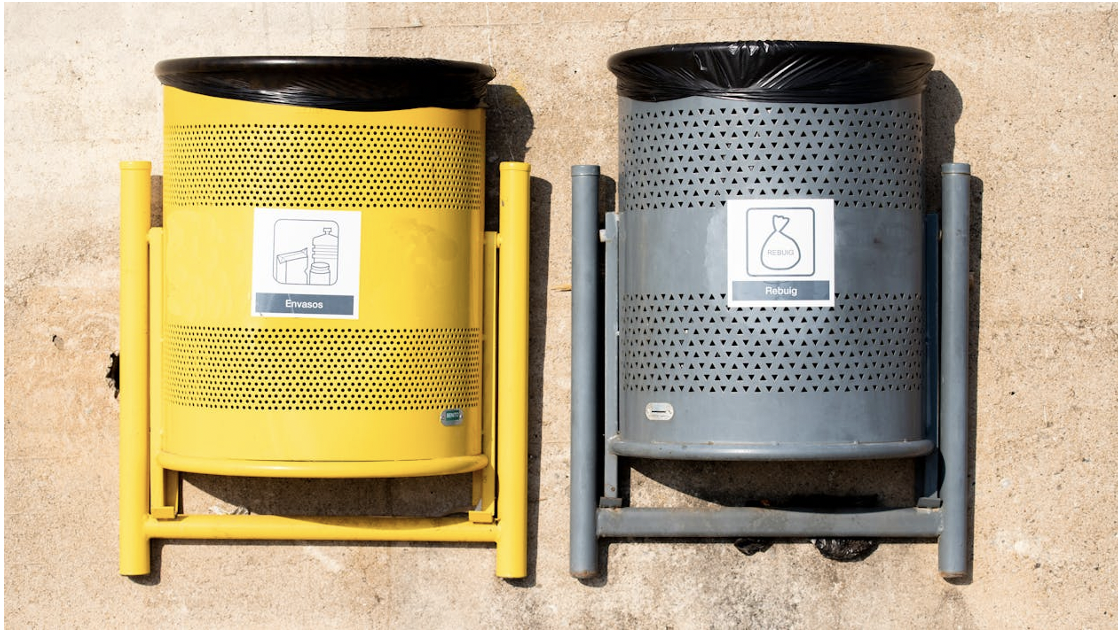
Every neighborhood tells a story—some filled with pride and progress, others marked by neglect and decay. Yet across the country, a quiet revolution is taking place in large and small communities: organized cleanups. These initiatives, often powered by local volunteers, businesses, and city officials, are proving to be more than cosmetic improvements. They catalyze social cohesion, restore civic pride, and even impact local economies. In places like Little Rock, Arkansas, these efforts have improved the visual landscape and sparked broader community revitalization.
One of the most practical aspects of these initiatives is the focus on logistics, particularly the efficient removal of trash and debris. Coordinators of successful cleanups often rely on local dumpster rentals to handle the high volume of waste collected during events. This logistical element may seem minor at first glance, but it's critical to the overall success of any cleanup effort. Without the proper waste management solutions, volunteers could quickly become overwhelmed, and the momentum could be lost. In Little Rock’s Roosevelt neighborhood, a 2022 cleanup event removed over 15 tons of debris, all coordinated with timely dumpster delivery and pickup. These services ensured that the energy and enthusiasm of volunteers translated into tangible, lasting results.
Organized cleanups differ from city-run sanitation programs because they emerge directly from community members. Residents are active as the primary agents who drive the change process instead of simply receiving services. The Oak Forest section of Little Rock launched "Clean & Green" through a small group of neighbors who grew tired of street trash accumulation. People began their work by scheduling weekend cleanup walks, which spread through social media. During the first weeks, the organization expanded substantially while establishing partnerships with schools, churches, and local businesses. The network transitioned into a community movement, which caused emotional and physical transformations across the area.
The population discovered new ways to connect that had never existed before. The neighborhood showed signs of change as individuals started talking with each other, children played in spaces that used to be filled with trash, and neighbors began checking on their neighbors' properties. A shared success in a neighborhood leads to developing trust among its residents. The created trust is a base for tackling multiple community problems, including security matters and economic growth initiatives. The community engagement activities during the cleanup project resulted in a minor decrease in crime rates, which implies that public safety improves with resident participation.
A cleanup effort focused on waste removal creates extensive advantages that extend beneath the surface of visible work. Boyle Park in Little Rock demonstrates community power, which brings positive transformations to the area. This area, which used to be an unpleasant spot filled with discarded furniture and tires and uncared-for green areas, now serves as a central gathering point for the community. Thanks to coordinated community work and municipal support, the park achieved a complete transformation, transforming it into an event venue for families and athletic enthusiasts.
The environment of cleaner and greener spaces provides an undeniable psychological advantage. Research reveals that residents in neighborhoods with proper upkeep experience reduced stress levels and elevated satisfaction regarding their home environment. The psychological state of residents impacts all aspects of their lives, from school attendance to job retention. People who feel proud about their living environment tend to make additional investments that improve their surroundings.
The economic effects of poor neighborhoods must also be evaluated. High levels of neighborhood cleanliness create opportunities for investors who bring new homeowners and increase tourism opportunities. Hot Springs, Arkansas, south of Little Rock, experienced a tourism and business boom after its downtown historic district underwent a cleanup project led by the city government. Empty storefronts that had remained empty for multiple years received new tenants while various community activities, including art walks and farmers' markets, started thriving. The area experienced this transformation because residents organized to keep it clean and restore proper care.
The successful outcomes in Little Rock, together with other cities, present both motivation and practical guidelines. The successful implementation of neighborhood revitalization depends on effective leadership and city service collaboration, dependable waste management systems utilizing local dumpster rental services, and sustained community involvement through scheduled events and informational updates. Maintaining cleanups requires sustained efforts because one-time cleanup operations produce limited results. Neighborhoods transform by dedicating themselves to continuous care for their environment.
These initiatives deliver essential knowledge about civic accountability to participants. Young people who join cleanup activities develop into adults who demonstrate increased participation in voting activities alongside community service work and volunteering. The community service requirements at Little Rock high schools now include neighborhood cleanup efforts that develop pride and accountability in the next generation of students.
Cleanups organized by the community represent small yet highly effective tools that drive urban transformation. According to Little Rock and numerous other municipal examples, public solidarity between citizens who unite to build pride and cleanliness in their streets produces effects that extend far beyond visual improvements. The collective efforts create stronger communities that generate hope while establishing long-term progress. The process begins by coordinating efforts and putting in heartfelt work while possibly requiring neighborhood dumpster rentals.